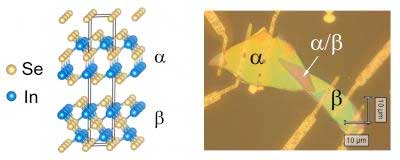 The device is a multicomponent, multilayered composite material called a van der Waals Schottky diode. It converts heat into electricity up to three times more efficiently than silicon.
The device is a multicomponent, multilayered composite material called a van der Waals Schottky diode. It converts heat into electricity up to three times more efficiently than silicon.
Aug 31st, 2017
Read more
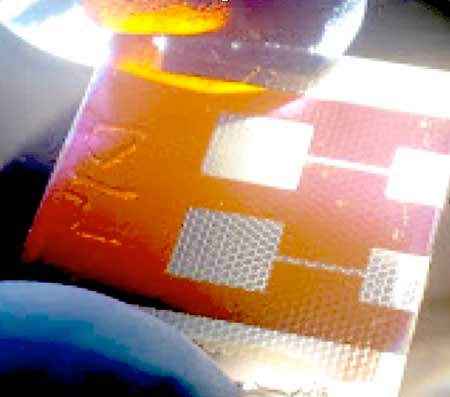 Packing tiny solar cells together, like micro-lenses in the compound eye of an insect, could pave the way to a new generation of advanced photovoltaics.
Packing tiny solar cells together, like micro-lenses in the compound eye of an insect, could pave the way to a new generation of advanced photovoltaics.
Aug 31st, 2017
Read more
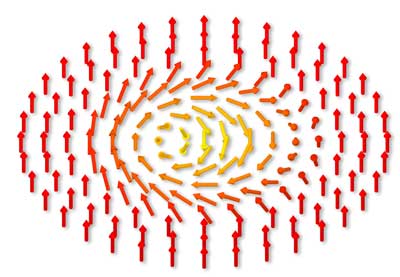 A new 'two-bucket' method of delivering pairs of X-ray pulses gives a 1,000-fold improvement in seeing magnetic fluctuations that could lead to improved data storage materials.
A new 'two-bucket' method of delivering pairs of X-ray pulses gives a 1,000-fold improvement in seeing magnetic fluctuations that could lead to improved data storage materials.
Aug 31st, 2017
Read more
 House and car windows that stay cool in the summer, warm in the winter.
House and car windows that stay cool in the summer, warm in the winter.
Aug 31st, 2017
Read more
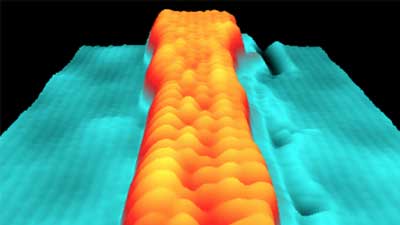 Graphene may revolutionize electronics. But first, researchers need to get its electrons under control.
Graphene may revolutionize electronics. But first, researchers need to get its electrons under control.
Aug 31st, 2017
Read more
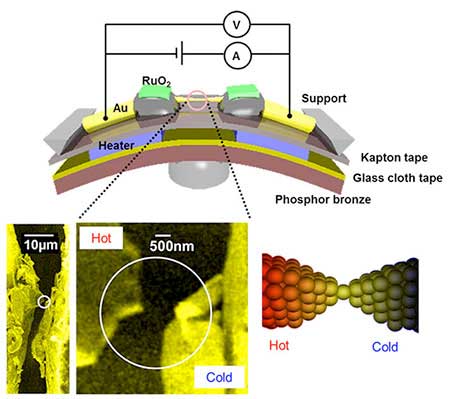 Scientists achieved precise and fully reversible switching of the polarity of voltage produced by the thermoelectric effect across a gold junction with an atomic-scale contact.
Scientists achieved precise and fully reversible switching of the polarity of voltage produced by the thermoelectric effect across a gold junction with an atomic-scale contact.
Aug 31st, 2017
Read more
 A new study takes a new approach to killing cancer: Why not fry it into oblivion with vibrating gold nanoparticles? "But what about the frickin' lasers?" you may ask. Don't worry. There are lasers. And bioluminescence too.
A new study takes a new approach to killing cancer: Why not fry it into oblivion with vibrating gold nanoparticles? "But what about the frickin' lasers?" you may ask. Don't worry. There are lasers. And bioluminescence too.
Aug 31st, 2017
Read more
 Researchers use gold nanoparticles to enhance the accuracy of biomedical tests, thereby eliminating false positive results.
Researchers use gold nanoparticles to enhance the accuracy of biomedical tests, thereby eliminating false positive results.
Aug 31st, 2017
Read more
 Researchers have significantly boosted the efficiency of two techniques, for splitting water to create hydrogen gas and splitting carbon dioxide to create carbon monoxide.
Researchers have significantly boosted the efficiency of two techniques, for splitting water to create hydrogen gas and splitting carbon dioxide to create carbon monoxide.
Aug 30th, 2017
Read more
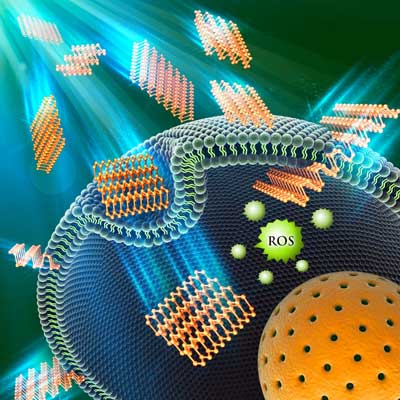 Scientists report on toxicity for layered black phosphorous in three cell lines. They found disruption of cell membrane integrity related to particle size, concentration- and cell-type-dependent cytotoxicity.
Scientists report on toxicity for layered black phosphorous in three cell lines. They found disruption of cell membrane integrity related to particle size, concentration- and cell-type-dependent cytotoxicity.
Aug 30th, 2017
Read more
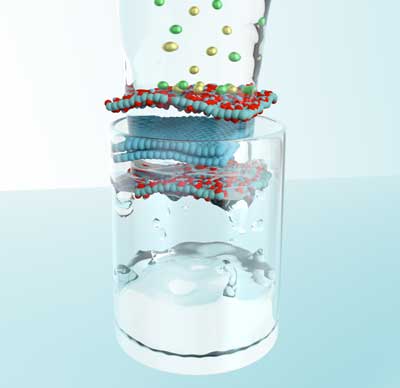 Researchers have developed a graphene-based coating for desalination membranes that is more robust and scalable than current nanofiltration membrane technologies.
Researchers have developed a graphene-based coating for desalination membranes that is more robust and scalable than current nanofiltration membrane technologies.
Aug 30th, 2017
Read more
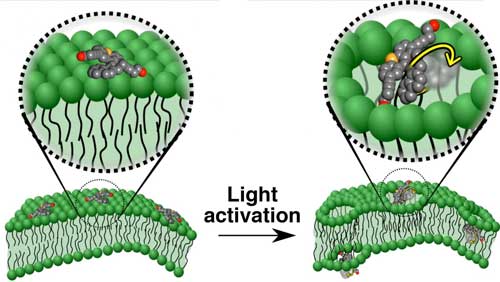 Nanomachines constructed to deliver drugs, destroy diseased cells.
Nanomachines constructed to deliver drugs, destroy diseased cells.
Aug 30th, 2017
Read more
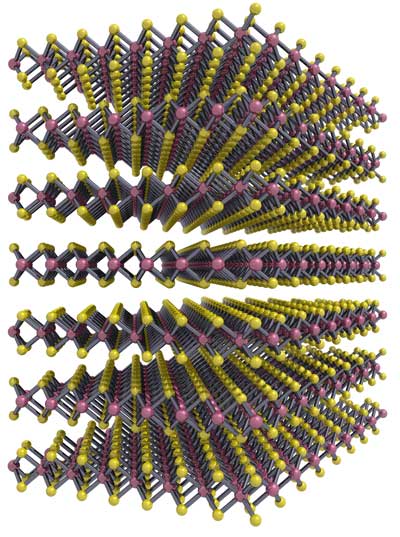 Materials scientists discover powerful effect that could benefit robotics, aviation, medicine and other fields.
Materials scientists discover powerful effect that could benefit robotics, aviation, medicine and other fields.
Aug 30th, 2017
Read more
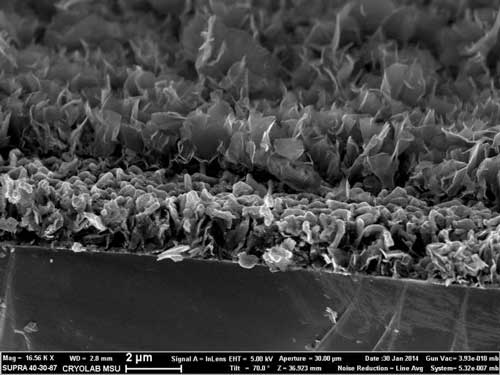 Scientists have developed a new silicon- and germanium-based material that could significantly increase specific characteristics of lithium-ion batteries.
Scientists have developed a new silicon- and germanium-based material that could significantly increase specific characteristics of lithium-ion batteries.
Aug 30th, 2017
Read more
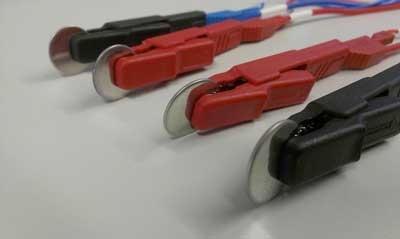 Researchers show that by replacing graphite anodes with silicon, it is possible to quadruple anode capacity.
Researchers show that by replacing graphite anodes with silicon, it is possible to quadruple anode capacity.
Aug 30th, 2017
Read more
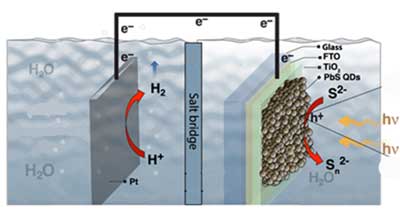 Scientists capture excess light energy to produce fuel, essentially storing sunlight's energy for a rainy day.
Scientists capture excess light energy to produce fuel, essentially storing sunlight's energy for a rainy day.
Aug 30th, 2017
Read more
 The device is a multicomponent, multilayered composite material called a van der Waals Schottky diode. It converts heat into electricity up to three times more efficiently than silicon.
The device is a multicomponent, multilayered composite material called a van der Waals Schottky diode. It converts heat into electricity up to three times more efficiently than silicon.















 Subscribe to our Nanotechnology News feed
Subscribe to our Nanotechnology News feed